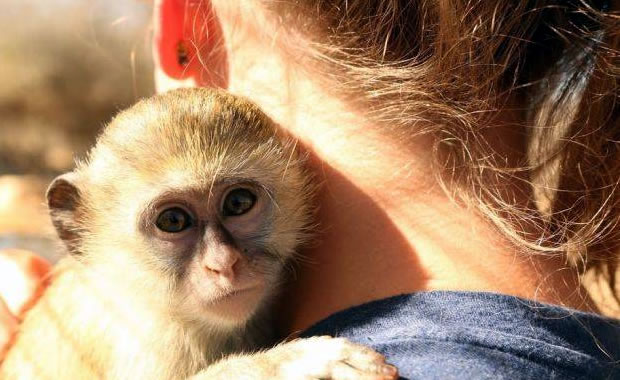Creature Profile
The Western giant eland is a subspecies of the Lord Derby eland and can only be found in the Niokolo-Koba National Park in Senegal. It is one of the largest antelopes in Africa reaching up to six feet high at the shoulder and weighing up to 1500 lb. Its coat color varies from deep chestnut to pale buff or fawn, with eight to 15 vertical white stripes on the sides and a black stripe down the back. Both male and female have curved, spiraling horns, but the horns of males are longer, reaching up to 47.2 inches (over 3 feet).
Giant elands prefer open forest and savannah habitat. They rest during the day to escape the heat, and feed at night or early in the morning on grass, leaves, and branches. Adult males prefer to live alone while females and their young form groups of 20 or more. Giant eland herds are known to migrate extensively. During dry seasons they are able to live for weeks without water. Mating usually occurs during the wet season. Males compete using their horns for dominance, and the dominant male will mate with several females. Females give birth to only one calf after a gestation period of eight to nine months.
It is estimated that only 170 Western giant elands remain in the wild today. Populations have declined due to excessive hunting, habitat destruction for agricultural expansion, and disease. The last surviving population is said to be protected in the Niokolo-Koba National Park.
Wikipedia Article

|
Wikipedia Article Copyright Notice: This article is licensed under the GNU Free Documentation License. It uses material from the Wikipedia article "Giant eland". |
Conservation Links:
Czech University of Life Sciences
May 9, 2017
Glenn, C. R. 2006. "Earth's Endangered Creatures - Western Giant Eland Facts" (Online). Accessed 4/29/2024 at http://earthsendangered.com/profile.asp?sp=142&ID=1.
Need more Western Giant Eland facts?




